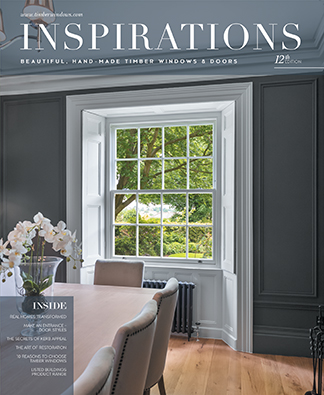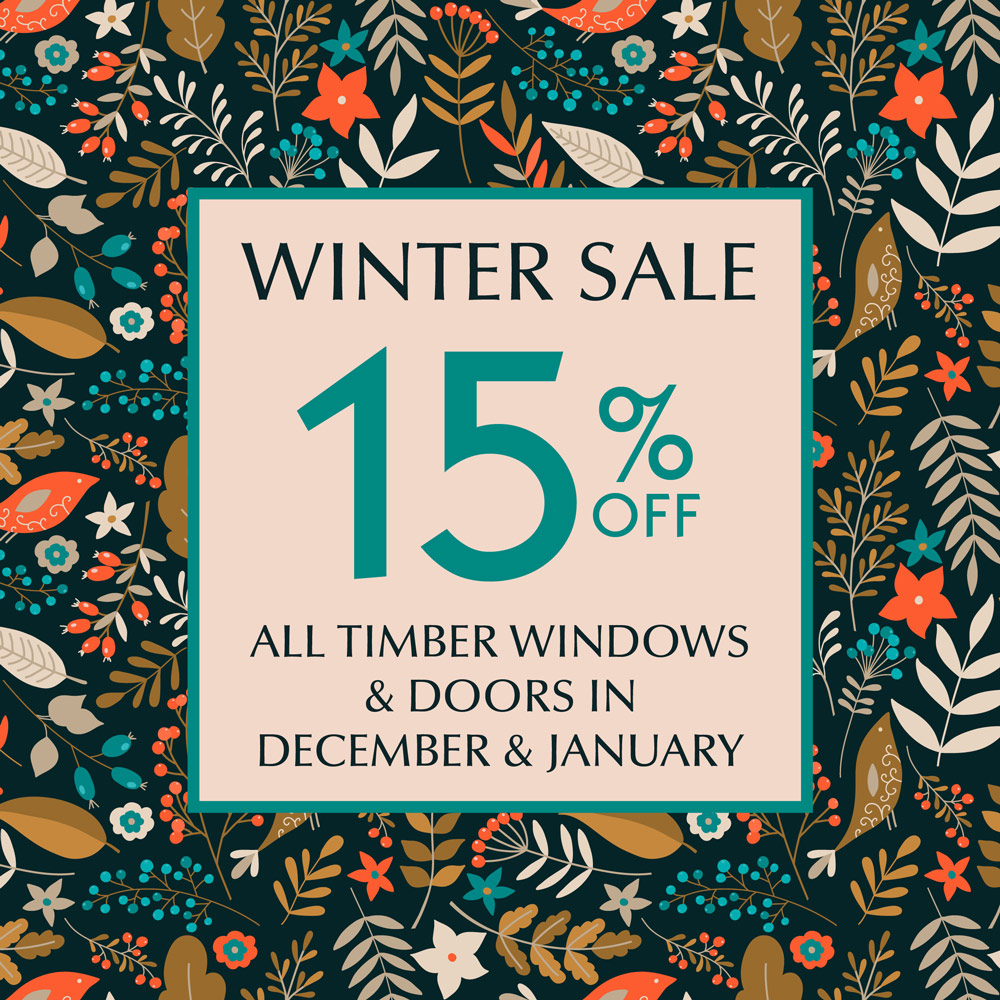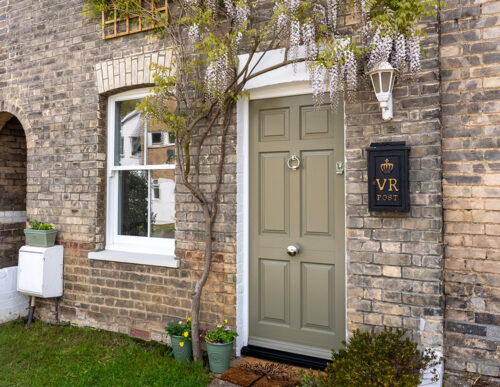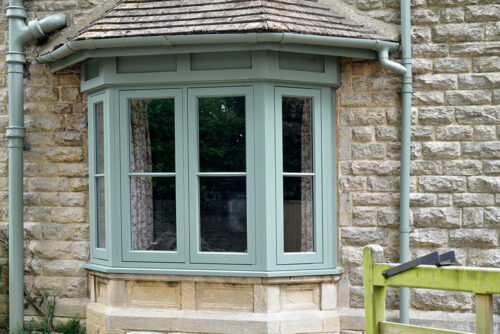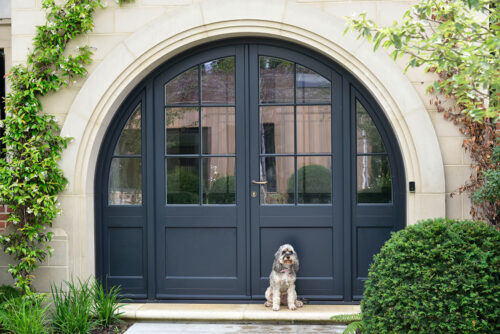Engineered Timber compared to alternative materials
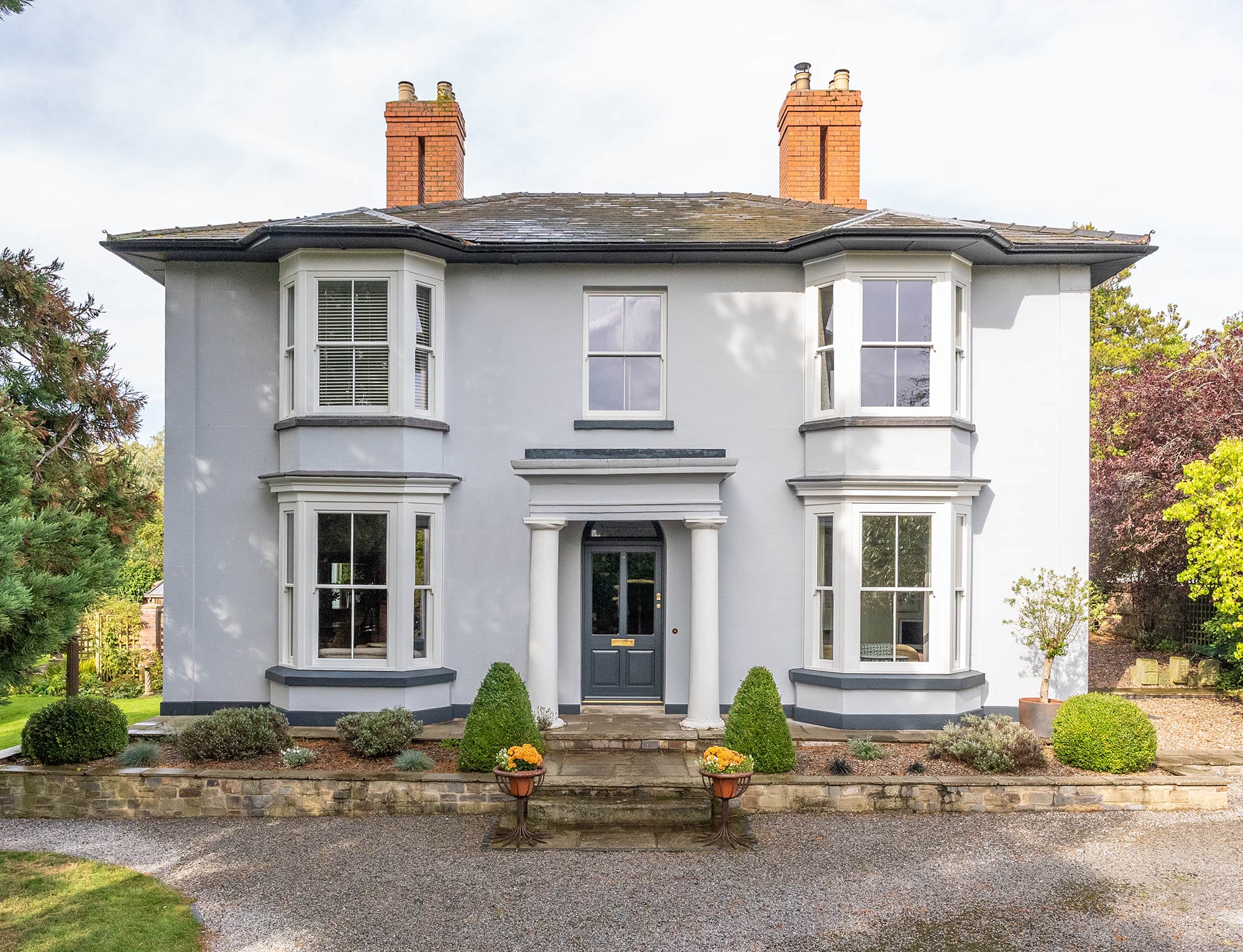
Homeowners today have a number of options when it comes to sourcing new windows and doors for their home. Not only are there a multitude of supplier options; customisation options are greater than ever and through combinations of colours, hardware and glass, you can really create a one of a kind window or door that perfectly matches your vision. This also extends to the materials used in the manufacture of these fenestration products.
Here we investigate the different materials windows and doors can be manufactured from today, namely PVC (including its alternative names such as uPVC and PVCu), Aluminium, and Engineered Timber. For each material, we will provide an overview, outlining some of the benefits, and drawbacks that we hope will give you some insight and food for thought if you are looking for new windows and doors for your own home or project.
PVC Windows and Doors
Although first entering the market to consumers in the 1970s, PVC as a material for window and door products really boomed in the UK in the 1980s, where combined with its availability, cost effectiveness, and related incentive schemes, led to what is colloquially referred to now as the ‘White Gold’ era. While the boom is certainly not as prevalent in today’s world, PVC is still one of the three principal material options available to homeowners.
PVC has undeniably, come a long way since the 1980s and consumers have greater options available to them than just the stark, White plastic frames of years past. Some of the benefits of this material are:
Cost effective when compared to other materials – this usually makes them the material of choice for larger new build developments.
Low maintenance
Availability
However, while they have come a long way, it is important to consider their drawbacks. If your home is protected with a Listed Status, then PVC will most likely not be a viable option when replacing your windows and doors. Local authorities and conservation officers (and even the owners of Listed Buildings themselves for that matter) take great pride in these historic structures, wanting to ensure any changes are in keeping with its history, and respect its character, and not detract from it. As a result of this, PVC is most often ruled out as even an option for windows and doors for these structures.
This can also be the case in certain conservation areas, depending on the location and how strict the particular local authority is. Timber is seen as the preferred material in these cases, as it is the most traditional, and authentic material, used when the structures were first built, and the only material that can provide that original look.
Some of the other main drawbacks to this material include:
Less traditional look – while greater colour options are available now, and a ‘timber-look’ including a false grain, they simply do not compare to an authentic traditional timber finish.
Strength of material – PVC when compared to both aluminium and engineered timber is not as strong or durable, which can be an issue over time and present concerns regarding security.
Production techniques and recyclability – the creation of PVC windows and doors incorporates numerous toxic chemicals such as chlorine, which have detrimental environmental effects. Due to their non-biodegradable nature as well, they are not always recyclable and hard to dispose of at their end of their lifetime, often leading to them sitting in landfills.
Limited repairability – When a PVC frame cracks or is damaged in some way, due to the nature of the material, it often will need to be fully replaced rather than repaired.
Perception – For larger, or more grand properties, PVC windows and doors can detract from the high-end value and feel of the property, especially compared to either timber or aluminium.
Aluminium
First entering the UK market in the early 20th century, aluminium has long been an option for windows and doors for homeowners. however, the market has seen a rather impressive boom within the past decade or so. They are a popular addition to home extensions, or at the rear of townhouses, as a French or sliding door option. Some of their main benefits include:
Slimmer metal frames allowing for maximised glass, and visual areas.
A contemporary, steel look, similar to Crittall of old, but with modern production techniques and benefits.
Stronger material used in manufacturing compared to PVC.
Lightweight material and frame, with lower maintenance required.
Insulation performance far exceeds their PVC alternatives.
However, as with PVC, aluminium doors and windows do have some similar drawbacks in certain areas. The modern, steel look will not be appropriate for certain traditional, and heritage homes, creating a jarring, mismatch of styles. As with PVC, for Listed Properties, aluminium products may not be approved, as they are too modern a solution, where the traditional look is required.
Some other drawbacks to note if you are considering aluminium windows and doors for your home:
Cost – compared to PVC, aluminium is a more expensive option.
Not suitable for traditional properties – as mentioned above, while there are colour options available with this material, they present a very modern, sleek solution which will not be suitable for every property, or present the desired look if you want to maintain a traditional feel to your property.
Risk of corrosion in coastal areas – in a ‘saltier’ coastal location, aluminium products do run a risk of corrosion over time. This can be addressed, with certain powder coatings, however, this does add cost onto an already more expensive solution.
Poorer sound insulation – compared to both PVC and timber, the sound insulation performance of aluminium units is poorer. This can be addressed with acoustic glass; however, this then presents a higher cost to the homeowner.
Engineered Timber
Timber windows and doors are the most traditional, and longest standing option that has been available for decades, and even centuries past. Traditional timber of old, while beautiful, was prone to warping, twisting and getting stuck over time. The timber through exposure to the elements, would get wet, and exposed to sunlight over time, causing expansion. This was also a problem with a local joinery option. While fully handmade, and beautiful, these windows and doors were prone to the same issue.
Engineered timber, however, has addressed and removed these issues. By placing the grain of individual sections of wood in the opposing direction to the next, over time as the wood naturally moved or expands, these movements are cancelled out by one another, preventing these issues of warping and twisting. It is important to distinguish engineered timber from traditional timber, which not everyone considers when they are presented with a timber window and door option. Some other key benefits to this material include:
Beautiful and traditional – Nothing can compare to the beauty of real timber windows and doors. For a truly traditional appearance in keeping with your home and its history, timber is the ideal choice. When you compare sash windows for example, a real, traditional timber sash window is unbeatable in terms of beauty and functionality, especially compared to a PVC sash window.
Strength of material and finished product – Timber is a naturally strong material, further enhanced by being engineered; giving peace of mind to homeowners, especially combined with multi-point locking systems and internally beaded glass.
Customisation options – While traditional in nature, customisation options available with timber products, allow you to create a truly traditional product or a sleek, modern style, allowing it to suit any property type and age.
Naturally Insulating – timber is a naturally insulating material, helping your home to keep cosy in the winter months, and manage the heat better during the summer.
Sustainable – Manufactured using natural, ethically sourced timber that can be recycled / reused at the end of the products life.
Repairability – unlike PVC options where the structural integrity may falter if the product is damaged, timber can be repaired, repainted or refined if the product suffers from damage.
Can be used on any property – As mentioned above, when looking at aluminium and uPVC windows and doors, timber is the material of choice when it comes to Listed Buildings, preserving the heritage and character of these historic, beautiful structures.
This lists a few key advantages that engineered timber has over timber alternative windows and doors. It is only fair of course to note some factors which will also be considered by homeowners:
Cost – Engineered timber products do sit at the higher end of the price scale alongside aluminium, above those manufactured from PVC products for example.
Frame thickness – A timber frame is thicker by nature than its aluminium alternatives. Aluminium products offer maximised sightlines which for some homeowners, will be a key factor they consider. This is addressed however, with certain products, such as our cottage casement windows, where the mullion is floating as standard, providing a fully unobscured view when the windows are open.
Maintenance – Engineered timber will need more maintenance over time compared to PVC. However, this maintenance on a product such as ours is still minimal; an occasional clean with a timber tailored cleaning solution (ask our showrooms about our TLC kits), will help you keep on top of this. It is also worth noting that proper maintenance of engineered timber products will allow the life of the product to extend further, far beyond the useable life of PVC products.
The reassurance of our engineered timber windows and doors
The above sections should give you a good overview on the different options available to you if you are thinking about new windows and doors for your home. Each material has its strengths and benefits that it can bring to your home, but you should always consider every option, as new windows and doors are a significant investment for your home, that will affect its value, energy efficiency, and security.
With the Timber Windows range, all our products are backed by industry leading guarantees to give you complete peace of mind. For example, we offer 12 years on paint finishes (or up to 6 years for stains), 30 years on fungal and insect infection and 10 years on the sealed unit (to name a few). Such is the confidence in our product and its strength. Don’t just take our word for it, please visit one of our showrooms, and see and test the product for yourself. Also, please explore our website further including reading previous case studies of happy customers who had our products installed and how it made such a difference.


